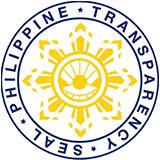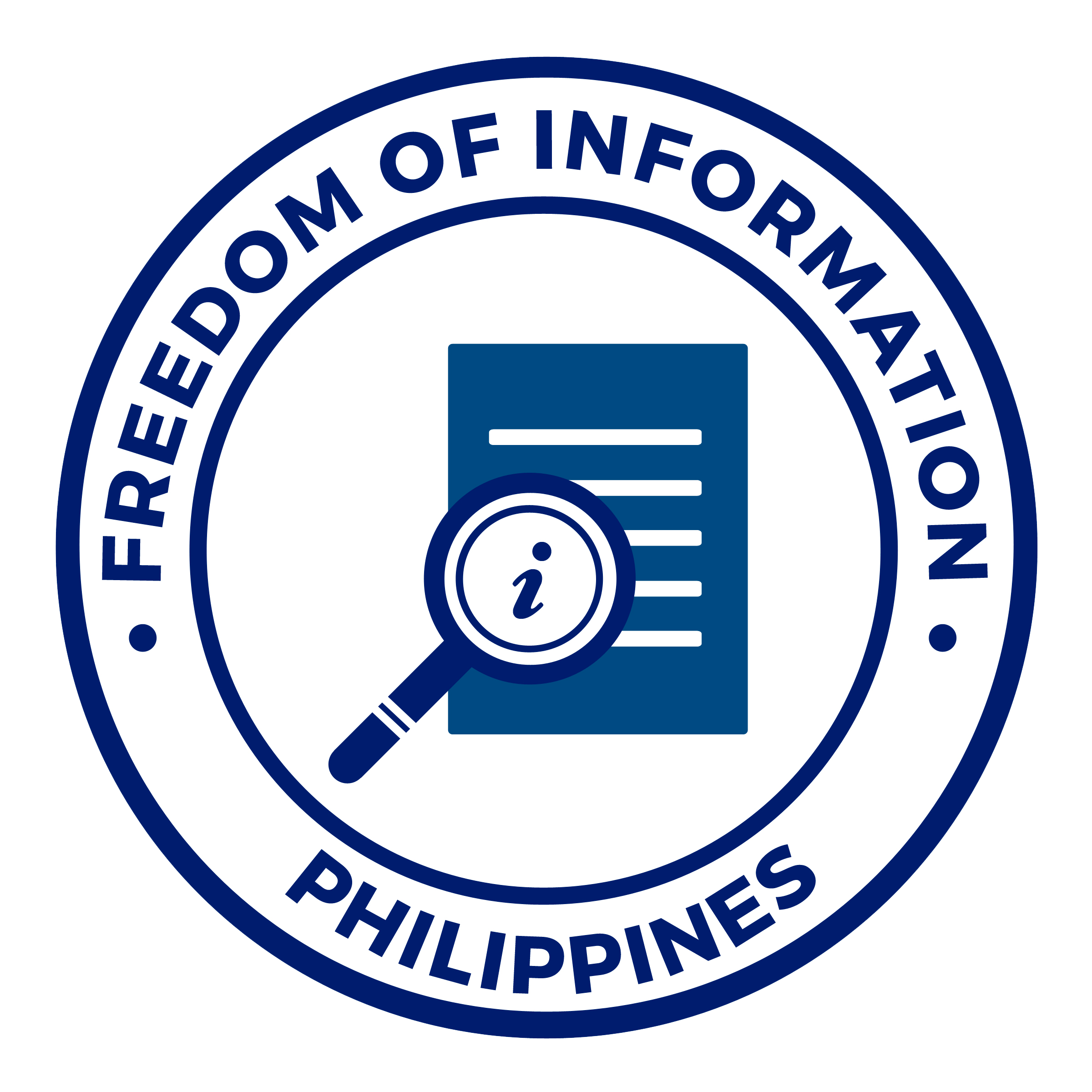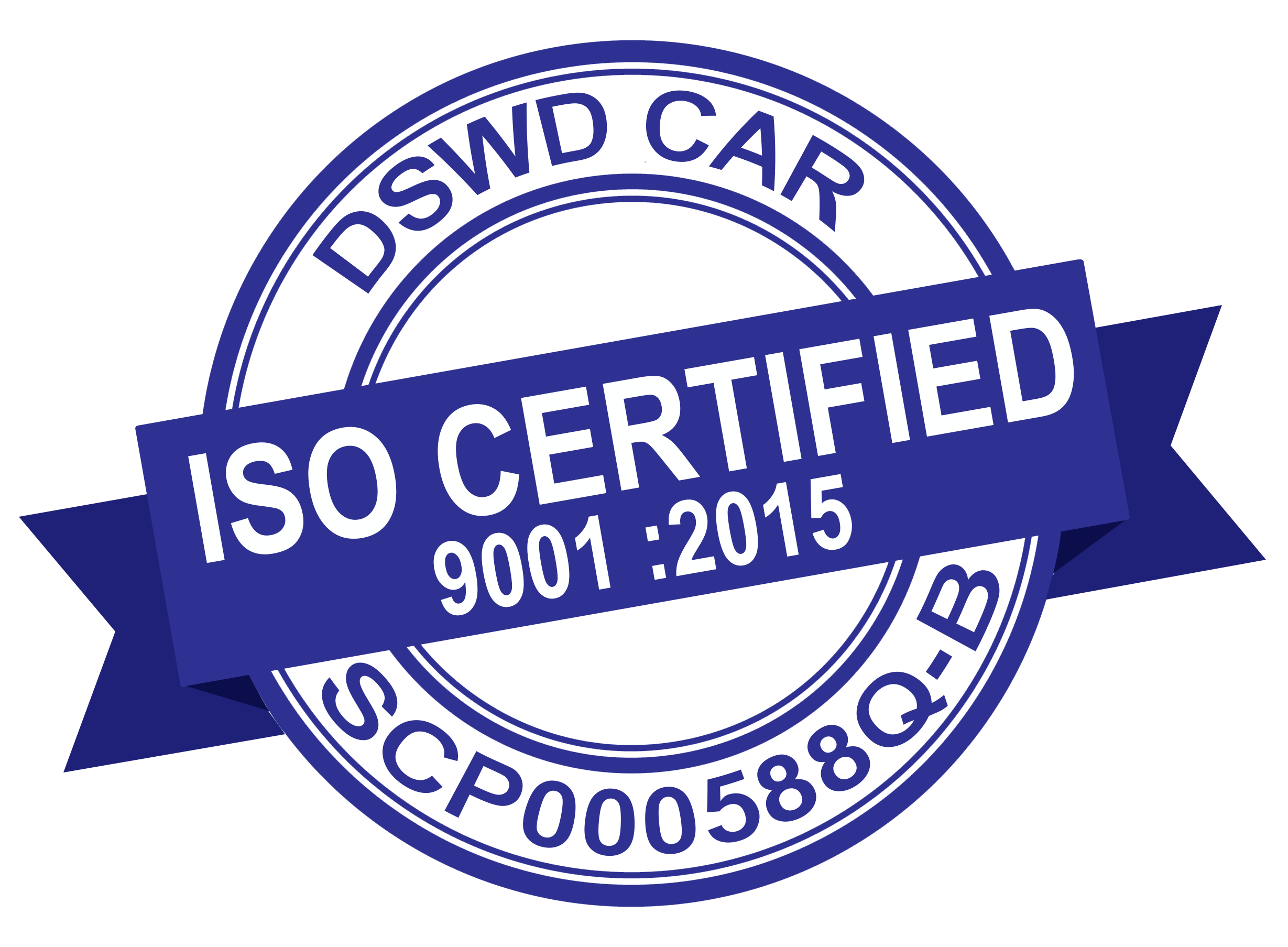Home to Whang-od, a famed traditional tattooist and Macli’ing Dulag, a renowned tribal hero, Tinglayan in Kalinga Province can be considered as a seat of cultural heritage. Like most indigenous communities, bayanihan is among the cultural practices in this community. For Tinglayan, they call it ab-abuyog. This was a practice where farmers help each other in tilling their farms. However, time caused the deliberate relapse of this heritage.
Years passed, ab-abuyog became a in Tinglayan but has now found its way back to weave the community.
“For a time, we forgot how our ancestors built this community without a formal government” says Tinglayan Mayor Johnny Maymaya Sr. “All they did was just help each other build these communities,” he pondered.
Not until the Department of Social Welfare and Development (DSWD) introduced the Kapit-Bisig Laban sa Kahirapan-Comprehensive and Integrated Delivery of Social Service (Kalahi-CIDSS) Project in the said municipality in 2011. Maymaya acknowledged that the best gift Kalahi-CIDSS has given to his town is the revival of bayanihan spirit.
The Kalahi-CIDSS Project is one of the core poverty reduction programs of the Philippine Government which aims to empower poor communities through the community-driven development (CDD) approach. This is an approach that gathers communities and gives them the control over planning, decisions-making and implementing projects for local development.
Tinglayan and CDD
A fourth class municipality, this town is home to 12, 557 people majority of which are Indigenous People of Kalinga.
“In Kalahi [CIDSS], they require community volunteers to work on the project and people have their own lives to deal with so it was hard convincing people to volunteer,” Mayor Maymaya said.
Since it is a requirement, the community just complied without realizing that along the process, they are already reliving the values of ab-abuyog which is an old-age practice of their ancestors.
Maymaya recounted that they had to strategize in order to get the support of the community members. With unwavering hope of the local government unit, the community eventually started to work together for the sub-projects they themselves have identified.
After three years of working with Kalahi-CIDSS, Tinglayan has already put up 38 infrastructure projects.“We now have barangay health stations, day care centers, school buildings, river control, village water systems, Communal Irrigation System, multi-purpose building, pathways and footbridges” Maymaya beamed. He said that usually only the national government can fund these types of projects, since their limited budget has always restrained them from doing so.
On supporting Kalahi-CIDSS
The local government unit (LGU) of Tinglayan has played an important role in weaving its communities by showing commitment and support to Kalahi-CIDSS for them to move closer to development.
“We invest a little but we get a lot more” Maymaya readily said when asked about why he fully supported Kalahi-CIDSS. With the municipality’s limited budget, Maymaya said that they cannot accomplish these projects alone. “Our municipality cannot provide fund to build schools, pathways and irrigation systems to its 20 barangays so for years that was our struggle” he said.
Maymaya said that he was convinced on how Kalahi-CIDSS pan out so he lobbied to his constituents and his fellow officials the use of their 20% LGU development fund as counterpart for Kalahi-CIDSS projects. This is being recognized as a good practice here in the Cordillera.
Maymaya recognized that supporting Kalahi-CIDSS has helped the LGU since there is an improved participation among the communities, there is enhanced leadership and especially the bayanihan spirit which was revived. “The value of our ancestors has resurfaced again and I believe this has brought us to accomplish these sought after development” he says.
On sustainability
With the Community Empowerment Activity Cycle (CEAC), a tool being used in the implementation of Kalahi-CIDSS, sustainability is guarded.
This was affirmed by Maymaya when he said that ownership and partnership is very important for sustainability of these projects. “The communities own these projects since they were the ones who identified, planned and implemented so we can be safe that they will take care of them,” he added.
“I really admire the volunteers because they generously prioritized working for the community instead of attending to their individual concerns.” Maymaya lauded.
Maymaya said that Kalahi-CIDSS has made a visible difference in his town. Their communities are now closely tied through the revived culture of ab-abuyog not only to till their farms but to cultivate a more developed community for the future generation of Tinglayan. #DSWD-CAR, SOCIAL MARKETING UNIT, Jasmin Kiaso




